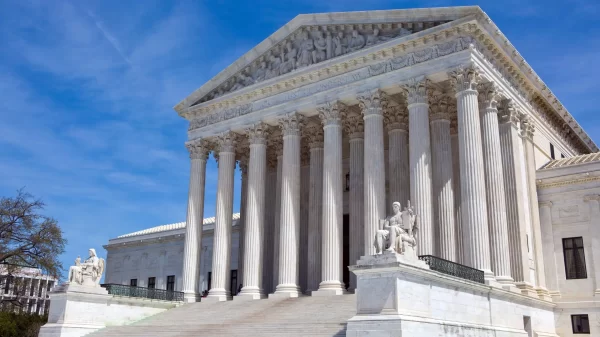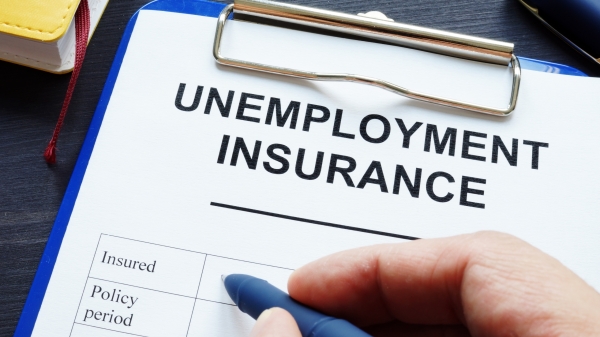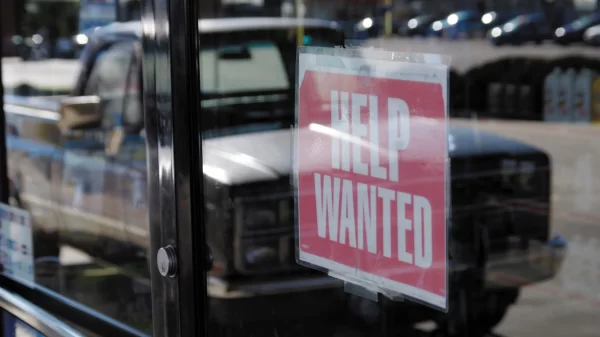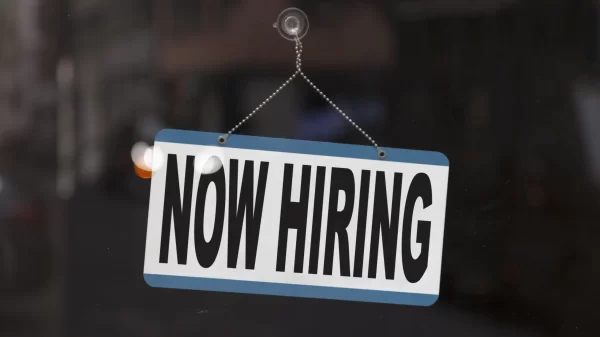|
Getting your Trinity Audio player ready...
|
Overpayment of unemployment insurance claims is a current topic on social media and in some news reports. Understanding how the government estimates these numbers and who is required to pay back funds and who is not is a murky area under normal situations, adding the expansion of benefits during the COVID-19 pandemic and changing guidance from the federal Department of Labor, and the question becomes even more convoluted.
To better understand overpayments, federal statistics offer a closer look at how errors occurred and who is to blame for overpayments.
For example, the total overpayment rate for Alabama in 2020 — during the height of the pandemic — was at around 20 percent; of that amount, nearly 14 percent was attributed to fraud.
The government analysis defines various categories for overpayment, which include errors by claimant, claimant and employer, claimant and agency and agency only.
A deeper look of federal statistics shows that more than 56 percent of dollars paid out in overpayment in 2020 were due to the actions of the claimant only. More than 13 percent were caused by claimant and employer, with another 12 percent-plus caused by claimant and agency errors. Agency-only errors accounted for more than 13 percent of the dollars paid.
In 2021, more than 44 percent of funds paid in overpayment were due to claimant error. More than 12 percent were errors by the claimant and employer with another 12 percent caused by claimant and agency errors. Agency-only errors accounted for around 4 percent of the dollars paid.
In 2020, the Department of Labor’s data estimated that Alabama overpaid unemployment insurance claims by $118,046,932. In the same year, North Carolina overpaid by $211,074,478, Georgia $265,621,774 and Mississippi $48,609,155.
For year ending 2021, Alabama overpaid an estimated $46,501,119, North Carolina $74,543,056 2021, Georgia $158,139,821 and Mississippi overpaid $18,207,908.
As is apparent, overpayments during the worse of the pandemic were wildly inflated. By contrast, in 2019, Alabama’s estimated overpayment was only $10,787,933.
“ADOL, like all other labor agencies across the country, was hit with a barrage of unemployment claims related to the COVID-19 pandemic,” wrote Alabama Secretary of Labor Fitzgerald Washington in an email to APR. “With a combination of unprecedented claims and new federal programs to administer, along with delayed and ever-changing guidance from federal officials, some claims initially determined to be eligible were later determined to be ineligible.”
According to Washington, overpayments can be for various reasons and are often factually complicated. “Some are due to claimant error, some are the result of fraud, and some are the result of agency or employer error.”
The amount of overpayments is estimated based on samples taken by the Benefit Accuracy Measurement program. State BAM samples are randomly selected from the populations of those making claims and payments and determinations denying eligibility issued by the state each week.
However, during COVID-19, eligibility was expanded and requirements often changed, as noted by Washington, which has led to confusion across the nation.
Questions have arisen over who is responsible for repaying overpayments and who is not.
“ADOL currently waives overpayments in the case of agency or employer error,” according to Washington. The state “offers payment plans to those claimants with overpayments that are not waived,” he also stated. According to Washington, his department is “currently looking whether to expand the use of allowed waivers pursuant to federal guidance.”
APR also contacted the office of Gov. Kay Ivey for comment on the overpayment situation.
“The Governor’s Office was not consulted prior to the Alabama Department of Labor’s attempt to recoup funds from individuals who had already been paid by the state,” wrote the governor’s Communications Director Gina Maiola. “Now, while overpayments can happen for a variety of reasons – from fraud to agency error – at the end of the day, the agency approved and paid out the claims.”
The governor’s office, like Washington, said: “If a mistake is made by the government, people should not have to pay the price for something that was no fault of their own.”
The Governor’s Office has also asked Washington’s office to provide it with information on how the situation is being resolved.
“We have asked Secretary Washington to provide us with solutions to resolve this concerning situation, as well as the outrageous backlog,” Maiola said.
Congress in 2020, passed the CARES Act, which expanded unemployment insurance benefits to aid workers who lost jobs due to the COVID-19 pandemic. The CARES Act not only greatly expanded coverage to various workers who typically would not qualify for unemployment benefits but also temporarily added $600 to weekly benefit amounts. While the expansion was a welcome relief to millions of workers across the county, its implementation has been a nightmare for some individuals and government agencies.
Alabama is currently experiencing record low unemployment, but this was not the situation during the height of the COVID-19 pandemic. To compensate for soaring unemployment, the federal and states government expanded claims for unemployment insurance, which led to more individuals being eligible to receive monthly checks. However, it also resulted in more fraud and overpayments.






















































